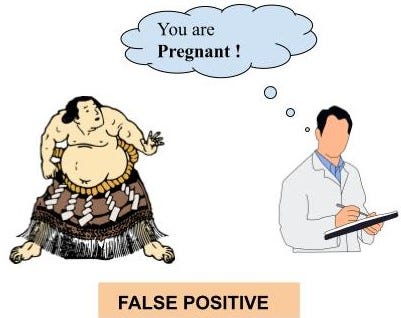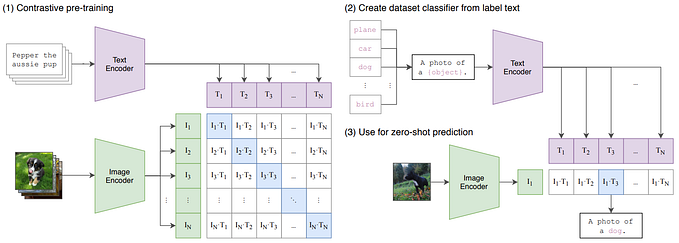From the White Paper: Implementing Blind Screening

Blind screening necessitates a change to candidate screening workflow, so it is natural that many organizations express caution when considering it. Typical objections include:
- Blind screening will require more effort from candidates and additional friction may turn off some applicants.
- Blind screening will require more work from human resources staff.
To be successful, a blind screening implementation must address each of these concerns sufficiently to make any associated cost a good trade-off in exchange for the benefits that blind screening provides.
Pilot Programs
A good way to start is to run a pilot program which uses blind screening deployed on a limited scale. In a pilot the organization will pick a single position or a small departmental group where blind screening can be implemented and evaluated before proceeding to a wider scale rollout. This allows the organization to properly evaluate the value of blind screening, while addressing any issues in the new workflow.
Some considerations to keep in mind while designing a pilot program are:
- Workflow: This needs to be as efficient as possible, but in order for blind screening to be truly blind, the only people who can make go/no go decisions about a candidate must not be able to see their identity.
- Baselines: If possible, gather data about the diversity of candidates that pass the current, non- blind, screening process. This baseline data will be compared against the results created by the blind screening process and is critical in evaluating the benefits of blind screening for the organization.
- Scope and Timing: Limit the scope of the pilot to just a few open positions: enough so there’s a sufficient flow of candidates to be able to make an evaluation while limiting the disruption of a new process. Additionally, ensure the program runs for a specified amount of time, so a definitive conclusion can be drawn while giving the pilot enough time for its impact to be felt. Three to six months is a reasonable interval.
Evaluating Pilot Programs
Once the pilot program is complete, an organization should evaluate it to determine its level of success. Generally blind screening programs can be considered successful if the demographics of screened-in candidates trends towards the actual demographic proportions of initial applicants.
For example, if the baseline showed that there was a 50/50 split between male and female initial applicants for a position, but only 30% of female applicants were being screened-in, then success for a blind screening process would be an increase in the percentage of screened-in female applicants above 30%, with a perfect result being the achievement of the 50% target.
It’s important to understand that blind screening is just one component in diversity hiring. If an organization has problems attracting diverse candidates in the first place, blind screening will not be sufficient to solve their problem.
On the other hand, a public declaration of an organization’s use of blind screening may have a positive effect on top-of-funnel candidate recruitment, as diverse candidates become aware of measures that the organization is taking to prevent bias in screening.
The above excerpt is from the Opus AI white paper on blind screening. You can download a complete copy of the white paper here.







